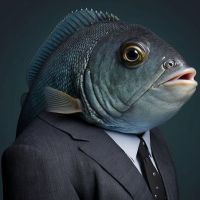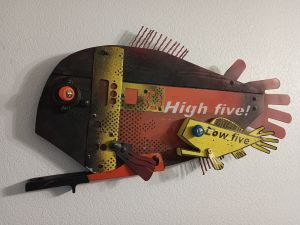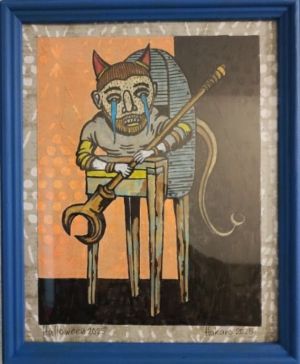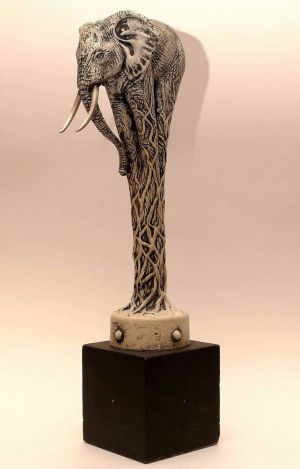Fish day. Heads and tails
Description of the artwork
Fish day. Heads and tails
In the Soviet Union, fish day was a restriction on the menu in public catering establishments. The first «fish day» was introduced on September 12, 1932, by the decree of the People's Commissariat of Supply of the USSR «On the Introduction of Fish Day in Public Catering Enterprises,» authored by Anastas Mikoyan. The fish day of the 1930s was associated with the then-existing protein food shortage due to the low number of cattle, and this initiative was abolished two years later. Medical considerations were also important, as there was a lack of iodine in the diets of residents in some regions of the country[
Later, on October 26, 1976, the Central Committee of the Communist Party of the Soviet Union and the Council of Ministers of the USSR issued a second decree, No. 868, «On Measures for the Further Development of Production, Expanding the Range, Improving the Quality of Fish Products, and Improving the Trade in Fish Products,» which reinstated the fish day. The formal reason for this decree was «measures to further increase the production of fish products,» but the main problem was the shortage of meat, which was caused by the increase in its consumption: production could not keep up with demand[2]. In the 1970s and 1980s, the USSR increased its fishing industry, and sea fish became available for sale, but it was new and unfamiliar to the citizens, who did not know how to cook it and did not buy it. The fish that was caught needed to be sold, and restaurants, cafes, and canteens became the places where it was sold[1]. The fish day in Soviet public catering lasted until the turn of the 1980s and 1990s.
When the fish day was reintroduced in the 1970s, it was assigned to a specific day of the week, Thursday. Many public catering establishments did not include any meat dishes on the menu on this day, which caused discontent among workers and employees.










